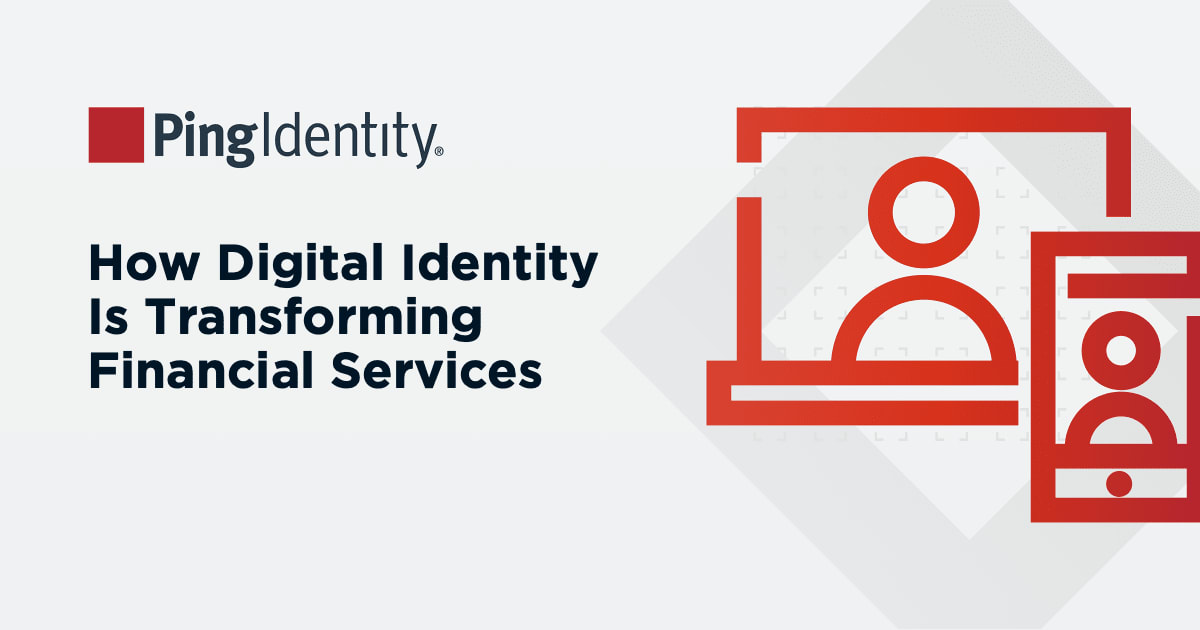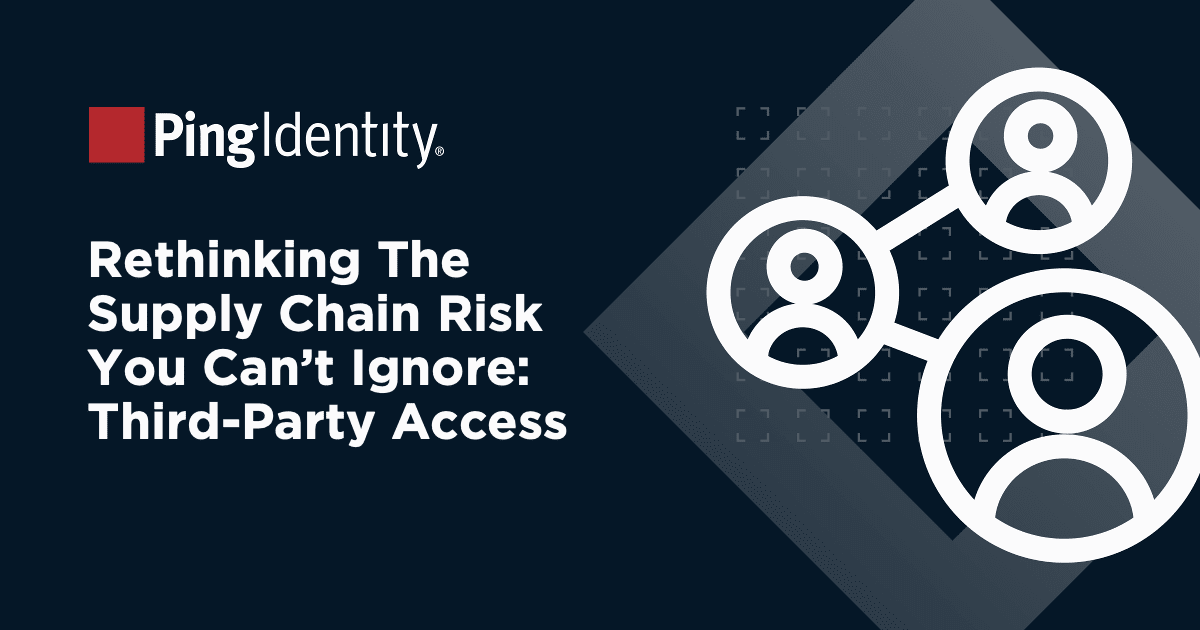As you’ve seen above, building the ideal SSO infrastructure requires much thought, attention, planning, and labor. You must critically analyze your systems from end to end. With this in mind, third-party SSO providers are becoming increasingly popular, as they take away the burden of solution development, optimization, and maintenance.
To help you determine whether to choose self-managed or service-based SSO solutions, let’s explore how these two methods compare in four critical categories: development time, costs, security, and futureproofing.
SSO and Development Time
The more robust you want your SSO solution to be, the more challenging it is to execute. In addition to planning, assembling, and implementing your SSO solution, you may want additional features and abilities, such as the following:
The ability to restrict certain users’ access to certain apps or add an extra layer of security over certain apps.
Customizations and configurations to ensure your organization remains compliant with established industry guidelines.
A logging feature that helps you track user resource access and the activities in which they are engaged.
Support for your preferred authentication methods, such as multi-factor authentication, biometric input, IP address safe listing, hardware tokens, or a trusted secondary device.
The ability to scale.
Implementing each feature requires significant labor and time, spread across the research, development, and training process. Therefore, while there are certainly benefits to and flexibility in building your own SSO solution, you must be prepared to spend a great deal of time simply making your solution.
Investing in an existing service-based SSO solution alleviates this significant time sink. The time you would have invested into researching and choosing an SSO infrastructure and stack is time you can spend researching a solution that meets your current — and future — needs.
With clearly identified corporate goals and policies, you can quickly choose an SSO solution that meets your organization’s security needs without having to read through a long list of providers. Additionally, you can significantly reduce the decision-making time by performing strength, weakness, opportunity, and threat (SWOT) analysis on your final contenders for the superior quality of service.
Costs of Implementing SSO
Because of the amount of time and development power required for building your own SSO solution, it should be no surprise that the costs of developing a solution in-house are high. Instead of outsourcing, you’re taking on that labor and must pay for that time. Additionally, the costs of building an SSO solution don’t stop when the build is complete. You also have costs associated with maintenance and updates.
Scaling cost is also an important factor to consider when deciding whether to build or buy an SSO solution. Many third-party SSO providers automatically handle scaling with little cost increases. Having to upgrade your in-house solution to an influx of users may not be sustainable in the long-term, considering the infrastructure and code base requirements.
Handling Security
There are severe threats if your SSO implementation falls short in security. SAML, as an XML-based language, is susceptible to several security vulnerabilities that could compromise the authentication process or lead to the theft of login credentials. For example, there were 22 OAuth vulnerabilities created on CVE in 2021 alone.
Vulnerability detection is key to maintaining a top-notch solution. If you’re not a security specialist, this can be highly challenging, even when working in a team. Thorough security implementation takes a significant amount of time and resources. And if you’re working in a highly-regulated industry, the consequences of security breaches are severe.
Procuring a third-party SSO solution takes the weight of searching for, mitigating, and handling security issues off your shoulders, freeing you up to focus on more profitable, development-centered tasks.
Even though getting an SSO solution for highly regulated industries, such as the health industry with HIPAA requirements, may sometimes come with an extra cost, it far outweighs the consequences of not having a regulatory-compliant solution. Building, testing, and optimizing an in-house SSO solution with significant security and regulatory requirements — including user privacy — is resource intensive.
Long-term Success and Support
Essentially, building an in-house solution is doable. Still, you must be aware of the attendant implementation encumbrances, including updates, ongoing maintenance, and any unexpected technical issues. You can’t simply build an SSO solution and expect it to work seamlessly forever. Maintaining the solution and troubleshooting any problems is an ongoing process — one you must continuously dedicate time and energy to for long-term success. And when issues do arise, you don’t have an SSO-specific support team on which to rely.
When you purchase a solution, your provider takes care of steps to futureproof their SSO solution, from security increases to bug updates. You can develop with the knowledge that your SSO strategy can expand and grow with your organization. And if you encounter any hiccups, your SSO provider will resolve those for you or help you solve the issue yourself.


